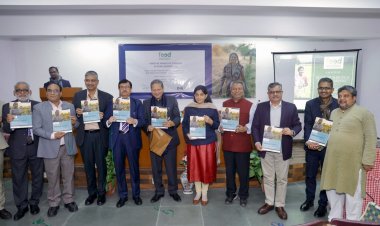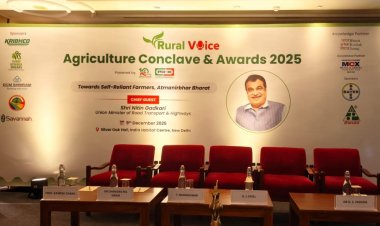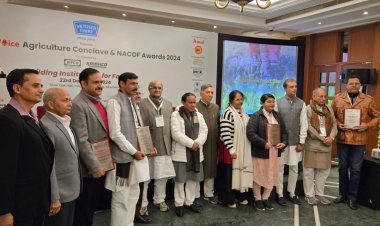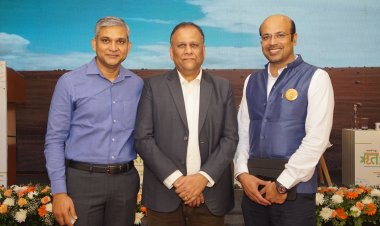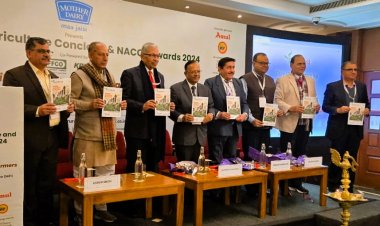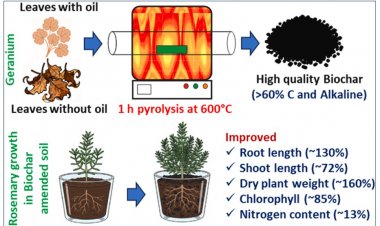CACP bats for sustainability of Indian sugar sector
The CACP is mulling over measures for the urgent diversification and sustainability of the Indian sugar sector. To further this vision, CACP chairman Dr Naveen Prakash Singh visited NSI, Kanpur, on Feb 11 to discuss models of diversification and value addition to attain economic sustainability of the sugar industry.
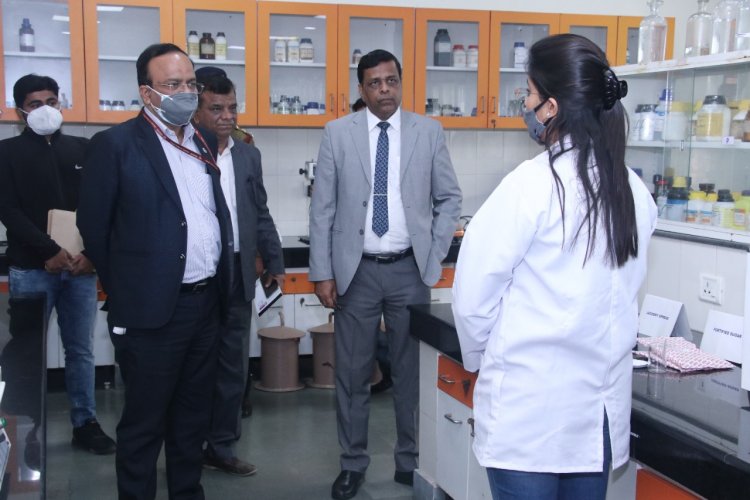
Lucknow
The Commission for Agricultural Costs and Prices (CACP) is mulling over measures for the urgent diversification and sustainability of the Indian sugar sector.
To further this vision, CACP chairman Dr Naveen Prakash Singh visited the National Sugar Institute (NSI), Kanpur, on February 11 to discuss models of diversification and value addition to attain economic sustainability of the sugar industry.
Established in 1965 as the Agricultural Prices Commission (APC) as a decentralized agency, the CACP was given its present name in 1985. It is an expert body of the Centre that recommends the Minimum Support Prices (MSP) of different crops through a consultative mechanism.
Meanwhile, the NSI presented to Singh the road map of the Institute for converting sugar factories into bio-refineries for producing bio-food, bio-energy, bio-chemical and bio-water.
Singh suggested the NSI work on developing technologies for the production of different sugar varieties according to market demand, lower cost of production and promote technologies for value-added products through proactive interaction with other sugar industry bodies.
“We have to work in all directions, farm to factory, to see that the interest of all stakeholders of the sugar industry remains protected,” he said.
Meanwhile, NSI director Narendra Mohan stressed that the sugar industry needs to harness the potential of the entire sugarcane value chain, including cane residues and by-products, for economic and environmental sustainability.
Since the sugar prices remain volatile and are affected by various internal and external factors, the mills should strive for increasing revenues through other sources by utilizing by-products in an innovative manner, he noted.



 Join the RuralVoice whatsapp group
Join the RuralVoice whatsapp group



















